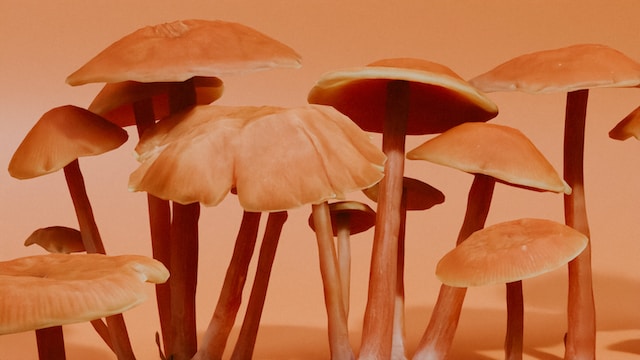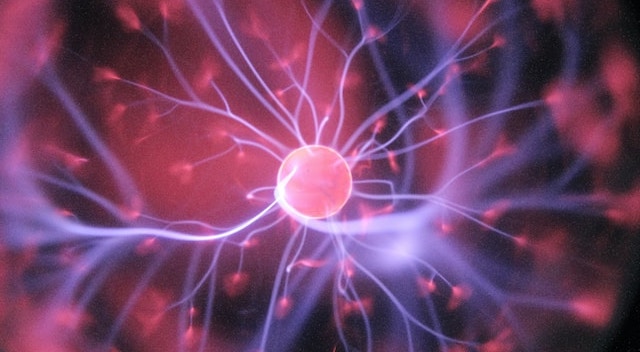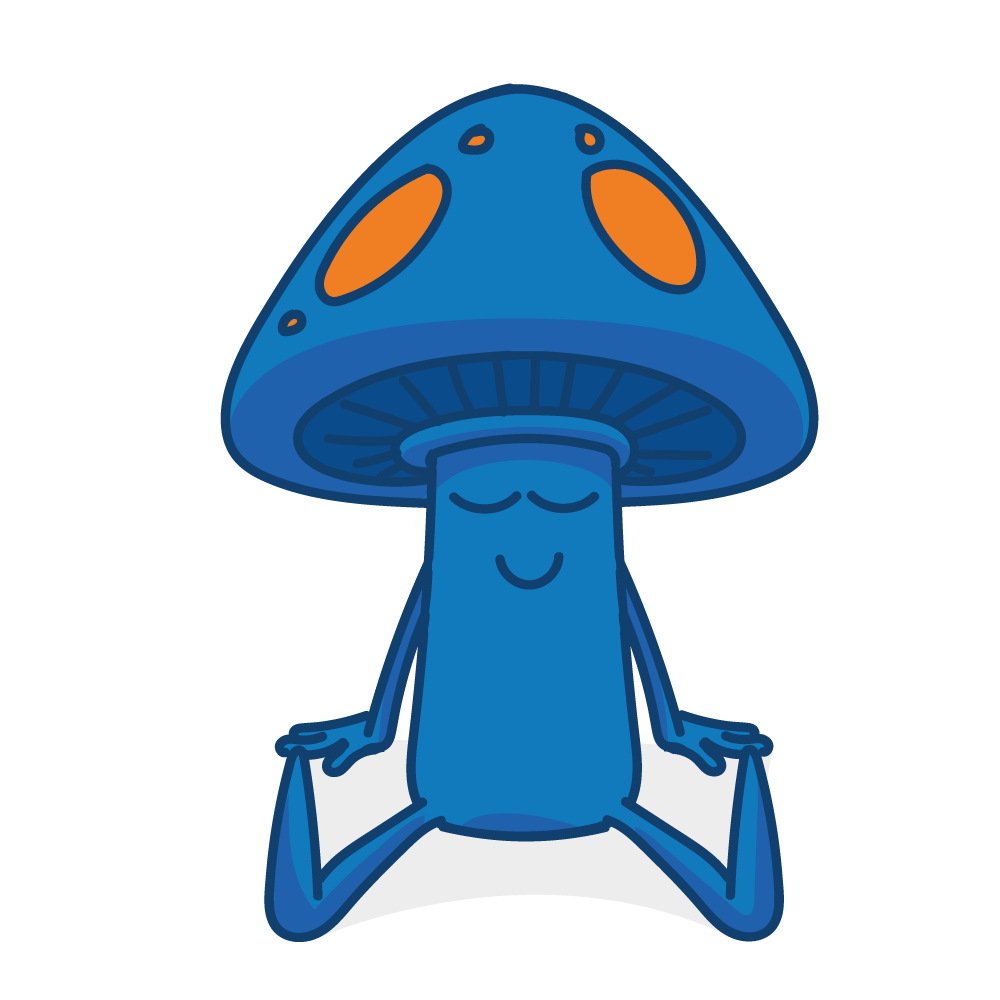When we experience trauma it rises from an unconscious place, automatically through our nervous system.
How Trauma Affects the Body
We feel trapped, with no choices, our anxiety is overwhelming, and we feel as though we don’t have the ability to respond or cope. This greatly affects our day-to-day lives, and disconnects us from the people around us. Over time, untreated trauma affects our body, and can manifest as symptoms such as anxiety, depression, OCD, stress, and chronic pain. This is because when we lack the tools or resources to work through traumatic events, this energy can become trapped in our bodies, in our nervous system, and affects us mentally, physically and emotionally.

Psychedelics Can Help Us Work Through Trauma
Psychedelics can play a key role in supporting the healing and processing of trauma. Some people are aware they suffer from trauma. Depending on how it affects them, they may fear, or resist, accessing it. For those who are unaware, they may find themselves repeating the same behavioral patterns without realizing that trauma is causing them. Whichever situation you find yourself in, accessing and reaching your subconscious will be part of your healing.
Psychedelics, such as psilocybin from magic mushrooms, can create an opening. They offer an invitation to explore these repressed parts of yourself. When you first begin working through trauma, it can bring up a range of emotions that can be disturbing, upsetting or confusing. Your nervous system supports communication throughout your body, and psychedelics can help to regulate this. This regulation can ease your experience, and help you to stay in a ‘parasympathetic’ state. This means you do not feel panicked, remaining composed and calm.

This composure means we can give and receive more during our healing journey. In some cases, the trauma may be forgotten, but habits, patterns and rituals can be deeply ingrained in the body. Psilocybin, and other natural psychedelics, give us the unique opportunity to explore both our minds and body simultaneously, guiding you on the path towards understanding and inner freedom.
Microdosing Can Be Your First Step Towards Healing
Microdosing is the practice of taking a very small (sub perceptual) dose of a psychedelic, for example; 0.1-0.5g of dried magic mushrooms or 1g of magic truffles. It is an ideal way to gently incorporate psychedelics into your healing journey. Microdosing can open you up to exploring yourself — the less comfortable parts of yourself — in a manageable way. Slowly you can remove the layers which are keeping you stuck in place. This gives your mind, and your nervous system, the space, time, and energy to process. You are able to get out of your own way. After this you may want to graduate to a full tripping dose. If you are exploring this experience to treat trauma then it should be done with an experienced trip sitter or therapist on hand.

Establishing a Healthy Lifestyle is Key
However, psychedelics are not a silver bullet. They are a tool, an ally, a collaborator, to your process. You must also be doing the other work — such as talking to a therapist or a counselor, and looking after yourself in terms of diet and lifestyle. Getting a good night’s sleep, not staying out drinking shots till 4am — all the stuff you already know!
Establishing healthy habits and routines and getting therapeutic support means that you are more easily able to implement the clarity and insight that psychedelics can offer. Psychedelics can reveal to you your trauma, but you must grow the tools to process it. Without them, the effects of the psychedelic will be less effective and sustainable.

Psychedelics and Trauma: The Science
So how do psychedelics, like psilocybin, manage to facilitate all the results we discussed above? It’s time to get scientific…
Psychedelics have been found to be effective and beneficial in supporting trauma treatment and mental health. Many mental health conditions — trauma triggered or otherwise — such as depression, anxiety and OCD can be in part due to an individual’s rigid thought patterns. A conviction that they themselves, or the world, are a certain way.
The 5HT2A Receptor
The 5HT2A receptor in the brain plays a significant role in enhancing cognitive flexibility. Activation of this receptor promotes greater adaptability in both thinking processes and bodily responses. This heightened flexibility enables the formation of new neural connections, fostering cognitive adaptability within the brain. Consequently, it becomes possible to shift perceptions and create novel neural pathways, which is essential for challenging and potentially altering ingrained beliefs and behavioural patterns that may contribute to mental health issues.

New neural pathways = new ways of thinking. New possibilities mean we are no longer mentally trapped in the deep grooves of old habits and beliefs. We see that there is more than one way of thinking.
The Default Mode Network
Nestled in our brains is the Default Mode Network (DMN) a network that becomes very active when we are thinking about the past, the future, or when we are analyzing, wondering, and imagining based on our understanding of reality.
When we take psychedelics, regions of the brain that are not usually in communication connect and begin ‘talking’ to each other. Usually busy parts like the DMN fall quiet, and become less active. This means there is space for other perspectives and thoughts to come through, rather than the overactive well-worn pathways of the DMN.
Psychedelics also support trauma response by:
- Signaling the 5HT2A receptor in the brain, which acts similarly to serotonin, a chemical messenger. They also act on the serotonin pathways within the brain, which are associated with mood, cognition, hormones and memory.
- Dampening the fear response of the amygdala in the brain. This means that we are more able to face our fears and trauma within a therapeutic setting.
- Fighting inflammation within the body. Chronic inflammation due to constant anxiety, which is associated with trauma, is catastrophic for our health.
- Increasing neurogenesis and neuroplasticity. This is your brain’s capability to learn, unlearn and relearn conditioned beliefs, habits, and patterns. Growing new neural pathways means growing new habits. This is key for making a lasting change in your life.
- Regulating the DMN. Psychedelics facilitate unusual brain region connections, quieting the default mode network (DMN) and allowing for fresh perspectives and thoughts to emerge.
The Risks of Using Psychedelics for Trauma
Psychedelics can reveal and amplify what you may have buried deep down. This means that your trauma can be activated, which even if it’s what you want, may be difficult. This is why at the beginning of your healing journey it is vital to work with a therapist or guide who you trust. If you feel very unsure, it is best to continue your work without psychedelics for now — but you can always reconsider in the future when you feel more prepared.

The Importance of Integration
The full benefits of using psychedelics to treat trauma are best realized when you integrate your experience effectively. This requires preparation and planning of the experience, considering your goals, and the journey to reach them. Without this kind of integration you may fail to retain the changes within and go back to old habits. Some say that the psychedelic experience is just 10% of the healing journey, while integration makes up 90%.
Healing from trauma is often an arduous and challenging journey. Yet, with the mounting evidence supporting the transformative capacity of psychedelics, there is ample room for hope and optimism. Psychedelics can serve as guiding lights, illuminating our inner selves and empowering us to face our challenges with newfound courage. The key is to be open and prepared to embrace their potential.
In conclusion, the path to healing with psychedelics is an optimistic one, marked by profound transformation and newfound strength, provided you approach it with readiness and intention.






